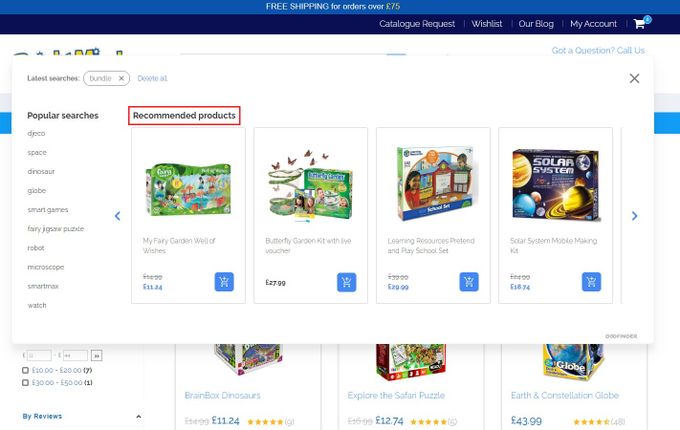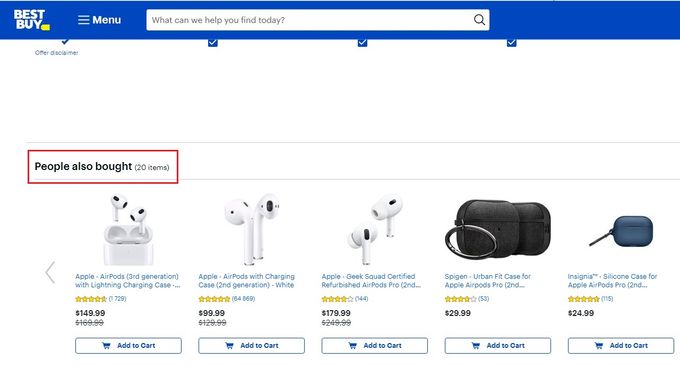Customer Personalization vs. Segmentation: Is There a Difference?
Updated December 15, 2025

It's no longer a secret that personalization in eCommerce works. In fact, up to 65% of your customers expect it—not only in your store but as part of your marketing efforts too. Personalized marketing, including customer personalization and customer or audience segmentation, can significantly influence buyer behavior and increase sales and customer loyalty. While they may seem similar, customer personalization and segmentation are different in their approach and business outcomes.
What Is Customer Personalization?
Customer personalization is the process of using data to tailor specific services and products to individual customers to enhance their shopping experience.
Businesses use different customer data points like browsing history, purchase behavior, and geological location to understand each customer. This approach includes customized messages, product recommendations, product bundles, and customer services.
By implementing personalization, businesses can enhance customer satisfaction and loyalty as customers feel more valued by the brand. The personalization experience can also lead to increased sales and revenue, as customers are more likely to shop at a store they feel more connected with.
» Customer retention is vital in eCommerce. Learn how to create long-lasting customer relationships
What Is Customer Segmentation?
Customer segmentation is the practice of dividing a business's target audience into groups based on shared features or behaviors.
Customer segmentation may be classified into three types:
- Demographic segmentation: based on age, gender, income, and occupation
- Psychographic segmentation: based on personality, values, and interests
- Behavioral segmentation: based on browsing and purchase history, average order value, and session frequency
By creating customer segments, stores can better address each group's specific needs and appeal to their preferences based on their shared traits.
» Use these customer segmentation strategies to grow your eCommerce business
Key Differences Between Customer Personalization and Segmentation
Pros
- Tailors shopping experiences to the individual
- Based on each customer's traits, preferences, & behavior
- Centers around the customer's needs
- Usually happens after segmentation has been established
- Requires advanced technology like AI & machine learning
Cons
- Tailors shopping experiences to groups of individuals with commonalities
- Based on characteristics, preferences, & behaviors shared by a group of customers
- Centers around the marketer's needs
- Comes before personalization
- Uses more basic CRM software & marketing tools
To illustrate these differences, we can look at examples of customer personalization and segmentation.
BrightMinds Creates a Bright Future With Personalization
BrightMinds is an educational toys and books retailer that offers shoppers individualized experiences. Using AI knowledge of browsing and purchase history, preferences, and demographics, they're able to provide customers with the most relevant information and personalized product recommendations. BrightMind's conversion rate for personalized shoppers is an impressive 25% and above.
Best Buy Benefits From Customer Segmentation
Best Buy, a consumer electronics retailer, segments customers according to purchase history data. Once a customer shows an interest in a particular product, Best Buy gives product recommendations to cross-sell after identifying patterns of buying behavior.
For example, after adding earphones to your cart, other earphone models and related accessories are displayed as recommendations based on what "people also bought".
» Learn more about the benefits of upsell and cross-sell personalization
Fast and Focused: The Power of Personalization and Segmentation
Personalization involves creating one-of-a-kind customer experiences and suggestions for individual consumers. In contrast, segmentation entails identifying groups of customers with similar traits and customizing marketing messages and experiences accordingly.
By understanding the differences between customer personalization and segmentation, you can leverage the power of both strategies to send the correct message to the right customer at the right time. You can create a more comprehensive and effective approach to customer experience and marketing, resulting in greater customer satisfaction, loyalty, and sales.






